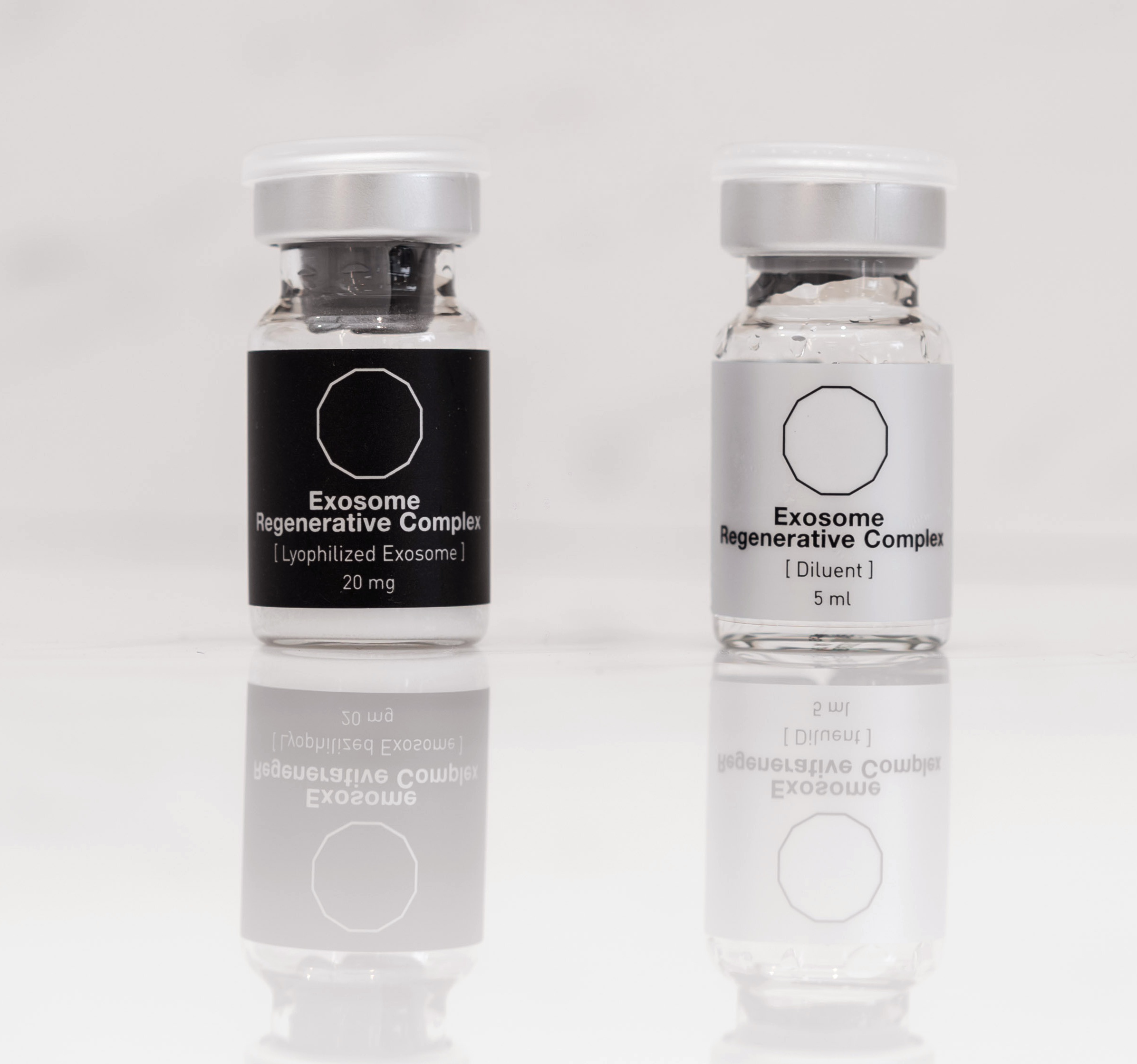Exosomes
Exosomes
Exosome treatment uses natural cell messengers to boost healing and regeneration in the body.
From
Exosomes
From
Need help choosing?
Meet with one of our doctors, pay during your appointment.
Exosomes
Exosome treatment uses natural cell messengers to boost healing and regeneration in the body.
Book A Free Consultation
Meet with one of our doctors, pay during your appointment.
Exosomes
Full Face + Under eye
1session
Exosomes
Full Face + Under eye
3session
Exosomes
Full face + Under eye + Neck
1session
Exosomes
Full face + Under eye + Neck
3session
450 Shots 🔹 Ideal for mid-cheek, cheeks, jawline & Forehead
600 Shots 🔹 Ideal for mid-cheek, cheeks ,jawline, Forehead & Neck
SMART PAY, SIMPLE WAY
Pay in 3 interest-free instalments with
Payl8r.
Shop today, pay later using Payl8r— secure and transparent with no hidden fees.
What Is an Exosome Treatment?
Exosome treatment is a cutting-edge medical treatment where exosomes are introduced into the body to promote healing and regeneration. Exosomes are tiny particles that naturally occur in the body and carry important information between cells. Think of them as little messengers packed with proteins, lipids, and genetic material that help cells communicate and repair themselves.
Benefits of Exosomes:
Regenerative Properties: Exosomes are rich in growth factors and cytokines that can stimulate tissue regeneration. They promote the repair and regeneration of damaged tissues by activating local stem cells and enhancing their proliferation and differentiation.
Anti-Inflammatory Effects: Exosomes have the ability to modulate the immune response, reducing inflammation. This makes them beneficial in treating conditions characterized by chronic inflammation, such as arthritis or inflammatory bowel disease.
Why Multiple Sessions are Recommended:
Multiple sessions of exosome treatments are recommended because the body’s healing process takes time and benefits from repeated stimulation. Each session builds on the previous one, gradually enhancing the effects of the treatment. This approach ensures that the therapeutic benefits accumulate, leading to better and more sustained results.

Full Face + Under Eye
-
Promotion Can’t Use With Voucher
Full Face + Under Eye
-
Promotion Can’t Use With Voucher
Full face, Under Eye & Neck
-
Promotion Can’t Use With Voucher
Full face, Under Eye & Neck
-
Promotion Can’t Use With Voucher
Frequently Asked Questions(FAQ)
What is exosome treatment used for?
Exosome therapy is a highly targeted, flexible treatment for conditions like osteoarthritis, chronic pain, and musculoskeletal injuries. Genetic disorders, chronic and degenerative diseases, and the natural aging process can all inhibit your cells’ ability to communicate.
Do exosomes really work?
The side with exosome application post-treatment saw an 11.3% increase in elastin, a protein contributing to the “bounciness” of the skin, whereas the side without exosome application saw no significant improvement. Exosomes can provide similar benefits to stem cell therapy without many of the unwanted side effects.
How long does exosome therapy last?
The results of an exosome facial will last for several months -usually a year or longer – depending on the individual’s skin type, age, and lifestyle factors. Maintenance treatments may be recommended to help maintain the results over time. Touchup treatments can extend the anti-aging benefits of exosomes even longer.
How many exosome treatments do I need?
How many Exosome treatments are needed? Typically, 2-3 sessions spaced a few weeks apart are recommended. However, the exact number of sessions can vary depending on individual needs and treatment goals.
What are the benefits of exosomes?
Compared to stem cells, stem cell-derived exosomes possess numerous advantages, such as non-immunogenicity, non-infusion toxicity, easy access, effortless preservation, and freedom from tumorigenic potential and ethical issues.

